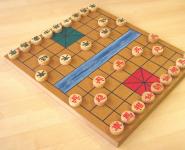How Chess Pieces Move: Game Rules, Names and Practical Tips
The game of chess is inexhaustible, the number of moves in one game can be quite large, but not everyone knows how chess pieces move. For this reason, many amateur level players play chess by their own rules every day, without even realizing that they are doing it wrong.
In this case, you should figure out where chess came from, the names of the pieces, and how they move in this or that case. A huge number of moves, as a rule, scares off beginners, although in fact there is absolutely nothing to be afraid of. Having delved into the game, all the difficulties will instantly disappear, because the whole variety of positions and all kinds of chess combinations is based on the elementary movements of the pieces.
A Brief History of Chess
To date, the exact origin of chess is still unknown, although there are several good versions. One of them claims that the game originated in India more than two millennia ago. Historians who adhere to this version say that chess is the result of the development of other games that have similarities with them. The game that many people use now became known only from the 15th century, and it also gained popularity in Europe.
Even though no one knows where this game came from, we know the rules of chess, how the pieces move, and how to win by cheating.
Purpose of the game
Surely many people know that the game will require a board where exactly 64 cells are marked (dark and light alternate), and the players must take places opposite each other. The game of chess seems to us incomprehensible, but at the same time extremely simple. How the pieces move will be described below, but for now it is necessary to familiarize yourself with the purpose of the game.
Each player has exactly 16 pieces:
- king;
- queen;
- 2 rooks;
- 2 elephants;
- 2 horses;
- 8 pawns.
The goal of chess is to checkmate the opponent's king. A checkmate is a situation when one of the kings is threatened in the form of an opponent's piece, that is, the king is already in check and cannot avoid this position in any way.
Start
Before starting the game, you should set the board in such a way that both opponents have a light cell in the lower right corner. Next, the figures are arranged in rows:
- Rooks in the corners, next to the knights, then the bishops. In the center there is a queen (on a cell of the same color as the figure itself) and a king is placed next to it on an empty cell.
- The next row consists entirely of pawns.
The player who chose the light-colored pieces must go first. If a dispute arises over who will play what kind of chess, you can toss a coin ("heads or tails") or blindly choose one or another piece (what color it will be, everyone else will be like that).
Now you need to figure out how the pieces in chess move. For beginners, this may seem complicated at first, although in fact there is nothing special here.
How pieces move in chess
Each figure has its own trajectory of movement. To understand how chess pieces move, you do not need to rack your brains, because these rules are extremely simple and you can remember them very quickly.
You just need to learn the main points:
- When making a move, some pieces do not pass through others.
- You cannot move to a cell occupied by your own piece.
- Before making a move, you need to think about how and which piece to place in such a way that it defends its territory and can capture an opponent’s piece in this or the next move.
King
Now we should consider each of the figures separately. For a successful game, it is not enough just to know the main points that tell how the pieces move in chess. For children and adults, the most interesting figure is the king. It is at the same time the most important, but also the weakest. He has the ability to move only one cell, but completely in any direction, including diagonally. In addition, he cannot stand on the cell that is already under check, that is, where the opponent's piece will immediately take him. 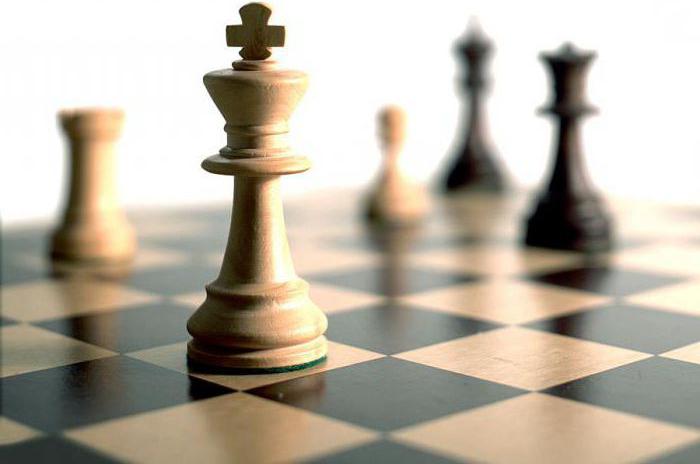
Queen
People of any age can be interested in chess. Not everyone knows how the figures are called and how they walk. It is worth noting that only those people who have experience in playing chess are familiar with the name of this figure. The rest call the queen queen.
The queen is the most powerful and powerful piece. He, like the king, can move in any direction. Unlike the previous figure, he has the ability to move to any number of cells, but without jumping over other figures.
Rook
The question of how chess pieces move, and especially the strongest ones, is quite popular not only among beginners, but also among amateurs. The rook is a unique piece that combines the capabilities of both the king and the queen. That is, she can walk on any number of cells, but only vertically or horizontally. In addition, the rook can easily take part in castling along with the king. 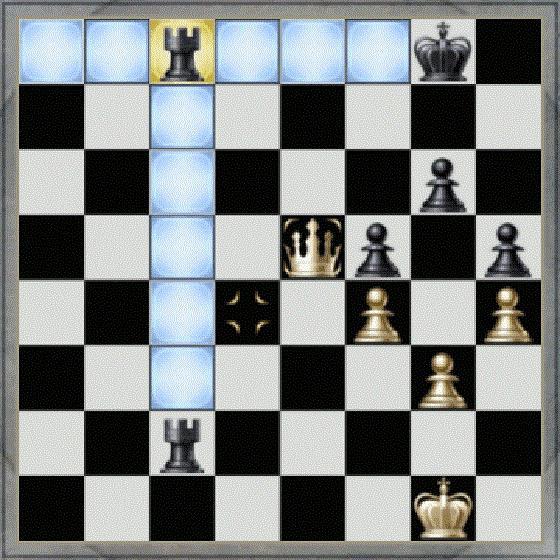
Elephant
The elephant belongs to the category of light pieces and can move to any number of cells, but only diagonally. It should be noted that at the very beginning of the game, one bishop occupies a dark cell, and the second - a light one. For the whole game, they cannot change the original color in any way, so each player has two pieces that can go diagonally and capture the opponent's piece both on a dark and on a light square. Both bishops must always work together and cover each other's weaknesses. 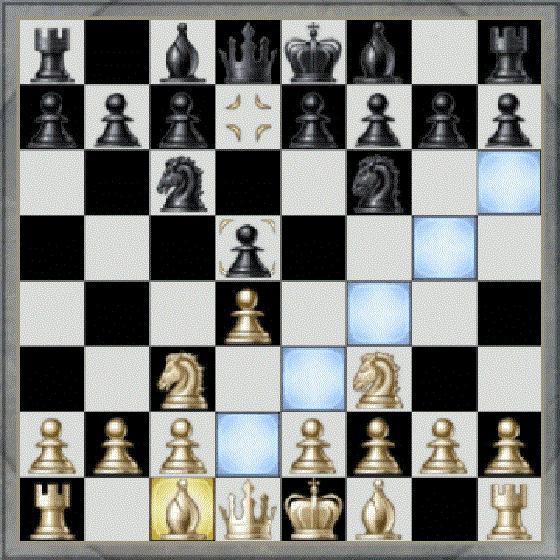
Horse
The only, and therefore unique, combat unit of chess is the knight. Only he has the ability to jump over other pieces. He walks exclusively with the letter "G". That is, first it moves two cells horizontally or vertically, and then one cell that is perpendicular to the original direction. Due to the fact that the knight has the ability to jump over other pieces, he can make a check to the king, from which he is not able to close. 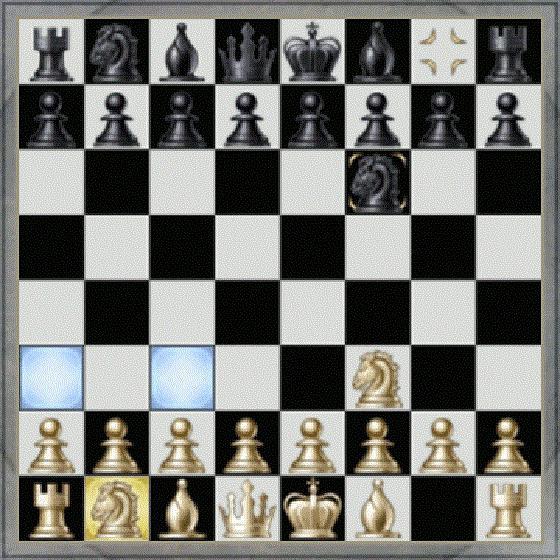
Pawn
Many people know for sure which pieces in chess move first. But how exactly they walk is a more difficult question. A rather unusual piece - a pawn, can only move forward one cell and only diagonally. In the very first move, the pawn can move a couple of squares forward. There is no way she can go back. If any piece is located directly in front of it, then the pawn has no opportunity to either beat it or make a move until the place in front is freed.
transformation
At first glance, the pawn seems to be an unnecessary piece, since it is too weak. But she has one interesting feature that only experienced players know about. It lies in the fact that if the pawn goes all the way to the opposite side, then it becomes any other piece (this phenomenon is called "pawn promotion"). Only this piece can do this and, as a rule, it is turned into a queen. There is also a misconception that it can only turn into one of the previously taken figures, but in fact this is not so.
Taking on the pass
Another rule, which applies only to pawns, is called "capture on the aisle". It lies in the fact that if the pawn made the first move two squares and stood side by side with the opponent's pawn, then the second one has the opportunity to "eat" the first, that is, to take on the aisle, from which the name came. Such a situation is allowed to be used only during the next move, that is, immediately after the pawn moves two squares. If the opportunity was missed, then in subsequent moves it will not work to take the piece.
Castling
An equally important rule, called "castling", is to perform two important actions in one move. The first is to secure the king, and the second is to remove the rook from the corner, thereby launching it into the game. When castling, the player has the opportunity to move his own king a couple of squares to the right or left side, as well as move the rook from the corner to the square next to the king (on the opposite side). But there are several conditions under which castling is allowed:
- before that, the king had not made a single move;
- the corresponding rook also never moved;
- there are no other pieces between the king and the rook;
- the king is not in check at this time.
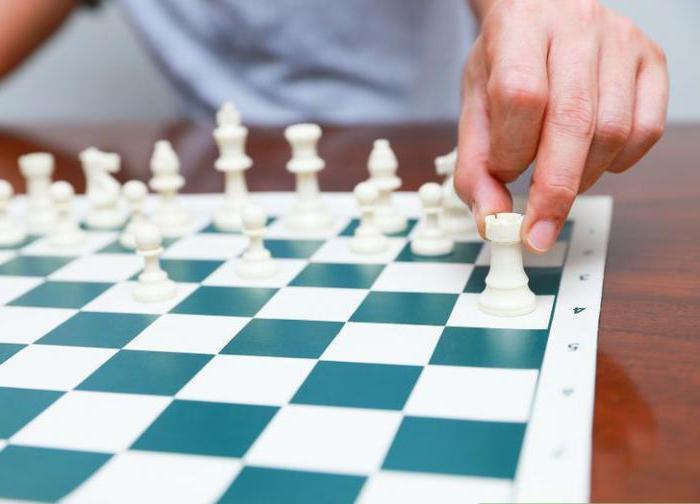
In the direction of the kingside, the king himself is located closer to the edge of the chessboard, which is called “short castling”, and the opposite (“long castling”) will be the same action, but across the entire field to the place where the queen was previously located. But with any of these options, the king can only move a couple of squares.
Checkmate
As already mentioned, the main task of the players is to checkmate the opponent's king. This will be the end of the game when the main piece is under the threat of a check and has no way to avoid it. But still, there are several methods by which you can get away from the check:
- move to another cell (except for the castling method);
- close with another figure;
- take the piece that placed the check.
If there are no such possibilities, then the king is checkmated and the game ends. As a rule, the king is not removed from the board, as is done with captured pieces, but simply the game is declared over.
Draw
Very often the game ends in a draw. There are five reasons for this:
- lack of pieces on the board for checkmate;
- 50 moves have already been made, and during this time none of the opponents has moved a pawn and has not been able to capture a single piece;
- the usual agreement of both players to a draw;
- the occurrence of a stalemate, that is, some player does not have the opportunity to make a move;
- if the same position is observed on the board for the third time (not in a row).
In most cases, when a draw is declared, the players by common agreement start the game again.
